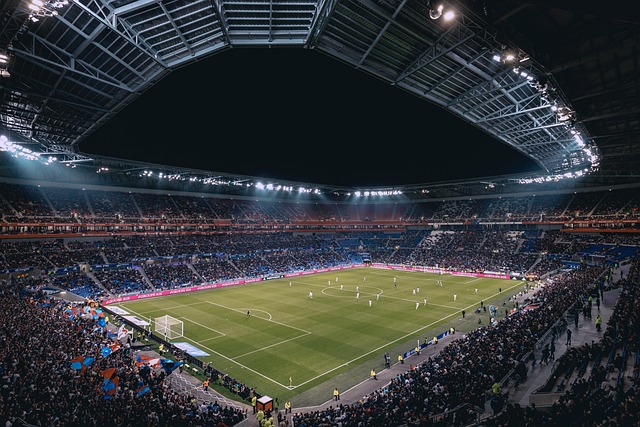Modern real estate design trends focus on convenience, connectivity, and sustainability, including open spaces, smart home tech, and energy efficiency. Various structural and mechanical warranties protect buyers in today's competitive market, covering building defects, appliance functionality, and smart home systems, ensuring peace of mind, investment security, and access to advanced, cost-saving features.
In today’s real estate market, understanding warranty types and their modern design benefits is crucial. As design trends evolve, so do the guarantees offered by developers. This article delves into the world of warranties, exploring various types and their comprehensive coverage. We discuss how choosing properties with modern warranties can provide peace of mind, enhanced value, and a testament to the builder’s confidence in today’s bustling real estate landscape.
Modern Design Trends in Real Estate

In today’s competitive real estate market, modern design trends are playing a pivotal role in attracting buyers and tenants. The focus on open-concept living spaces, smart home technology, and energy-efficient features is not just a fad but a strategic move by developers and designers. These trends cater to the evolving preferences of contemporary folk who seek convenience, connectivity, and sustainability in their abodes. With the rise of remote work and an increasing awareness of environmental issues, modern design in real estate is both a response to these shifts and a driver of innovation.
Modern designs often incorporate natural elements, clean lines, and minimalist aesthetics, creating spaces that feel both inviting and serene. The integration of glass and steel structures allows for ample natural light, enhancing the overall ambiance and reducing the need for artificial lighting. Additionally, the adoption of smart home systems enables residents to control lighting, temperature, and security with just a tap on their smartphones, further elevating convenience and comfort. These design elements not only contribute to visually appealing properties but also offer tangible benefits in terms of energy conservation and enhanced livability.
Understanding Warranty Types and Coverage

Warranties in modern real estate ventures come in various types, each offering distinct coverage and benefits. Understanding these differences is crucial for buyers as it ensures they receive adequate protection for their investment. One common type covers structural defects, addressing issues with building materials or construction techniques over a set period. This is particularly relevant in the real estate sector, where the longevity of a property’s structure is paramount. Other warranties focus on mechanical systems like appliances or HVAC units, guaranteeing their functionality and repair/replacement if needed.
Additionally, some comprehensive plans combine both structural and system coverage, providing peace of mind by addressing potential issues across the entire home. These options often include exclusions and limitations, so buyers should carefully review the fine print to comprehend what’s covered and what’s not. Awareness of these warranty types equips prospective homeowners to make informed decisions when purchasing a new or renovated property, ensuring they acquire a sound investment that minimizes future financial surprises.
Benefits of Choosing Modernly Warranted Properties

Choosing properties with modern warranties offers numerous advantages in the competitive real estate market. One key benefit is peace of mind; contemporary warranties are designed to protect buyers from unforeseen issues, ensuring a secure investment. These warranties often cover a wide range of aspects, including structural integrity, mechanical systems, and even smart home technology—all essential components of modern living.
Additionally, staying current with warranty offerings allows buyers to take advantage of advanced features and materials. Many modern properties incorporate innovative designs and eco-friendly solutions, such as energy-efficient appliances, smart thermostats, and sustainable building practices, which not only enhance comfort but also reduce long-term maintenance costs. In the ever-evolving real estate landscape, keeping up with these trends can be a strategic move for both investors and homeowners.






